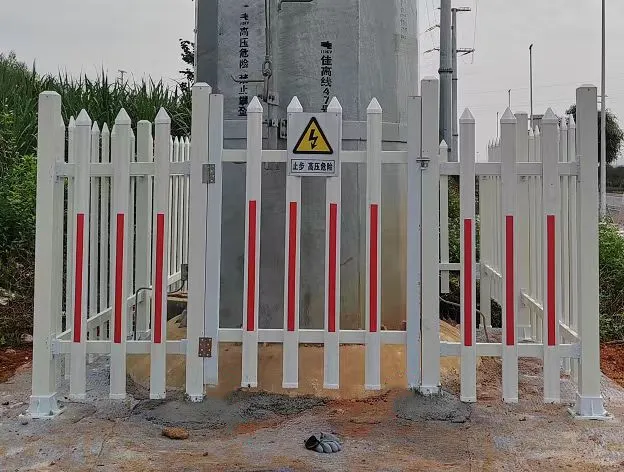loading...
- No. 9, Xingyuan South Street, Dongwaihuan Road, Zaoqiang County, Hengshui, Hebei, China
- admin@zjcomposites.com
- +86 15097380338
- Welcome to visit our website!
grp grating specification
Understanding GRP Grating Specification
Glass Reinforced Plastic (GRP) grating is a versatile and increasingly popular choice in various industrial applications due to its excellent properties such as corrosion resistance, lightweight, and strength. GRP grating is made by combining resin with glass fibers, which results in a material that can be tailored for specific applications. Understanding GRP grating specifications is crucial for selecting the appropriate type for your needs.
Physical Properties
One of the primary considerations when choosing GRP grating is its physical properties. GRP grating is typically available in various sizes, including thickness (commonly ranging from 25mm to 50mm) and bearing bar spacing, which may vary according to load requirements and operational environments. The standard width of the grating panels usually spans 1 meter, but custom designs can be manufactured to meet specific project requirements.
Another important aspect is the load-bearing capacity, which is classified according to different load ratings. Specifications often categorize GRP grating into light, medium, and heavy-duty types based on their strength and the maximum loads they can support. It’s essential to assess the specific loads that will be applied during use to select a grating type that will ensure safety and durability.
Chemical Resistance
One of the main advantages of GRP grating is its excellent chemical resistance. This characteristic makes it ideal for environments where exposure to corrosive substances is a concern, such as in the chemical industry, wastewater treatment plants, and food processing facilities. When reviewing specifications, it’s vital to consider the specific chemicals the grating will be subjected to, as different resin formulations may be required to optimize resistance to certain substances.
grp grating specification

Slip Resistance
Safety is another critical specification factor. GRP grating often features a textured surface to provide slip resistance, enhancing safety in wet or oily conditions. When selecting grating, it’s advisable to consider the environment in which it will be installed and if additional safety measures, such as anti-slip coatings, are necessary. The coefficient of friction provided in the specifications can help determine whether the grating will meet safety standards for your intended application.
Lifespan and Maintenance
GRP grating is known for its longevity, often providing a lifespan of over 25 years with minimal maintenance required. However, it's essential to assess the environmental factors that may affect this durability, including UV exposure, temperature fluctuations, and mechanical wear. Specifications often include guidelines for maintenance protocols to ensure the grating remains in optimal condition.
Conclusion
When considering GRP grating for industrial applications, understanding the specifications is vital to ensure that the chosen product meets the specific needs of the project. Key considerations include physical properties, load capacities, chemical resistance, slip resistance, and projected lifespan. By carefully analyzing these specifications, users can make informed decisions that enhance safety, efficiency, and durability in their operations. Investing time in understanding GRP grating specifications not only contributes to a project’s success but also leads to long-term cost savings through reduced maintenance and replacement needs.
-
GRP Structures: The Future of Lightweight, High-Performance EngineeringNewsJun.20,2025
-
FRP Water Tank: High-Performance Storage for Corrosive and Clean Water SystemsNewsJun.20,2025
-
FRP Square Tube: The New Industry Standard for Chemical and Structural ApplicationsNewsJun.20,2025
-
FRP Pultruded Profiles: The Ultimate Choice for Lightweight Structural StrengthNewsJun.20,2025
-
FRP Handrails: The Safer, Smarter, and Stronger Choice for Modern InfrastructureNewsJun.20,2025
-
FRP Grating: The Smart Solution for Durable, Lightweight Industrial FlooringNewsJun.20,2025
-
Why Choose a Galvanized Water Tank for Your Storage NeedsNewsMay.21,2025
